MIN report: Should it be made legal for kids to wear lifejackets? Debate splits industry
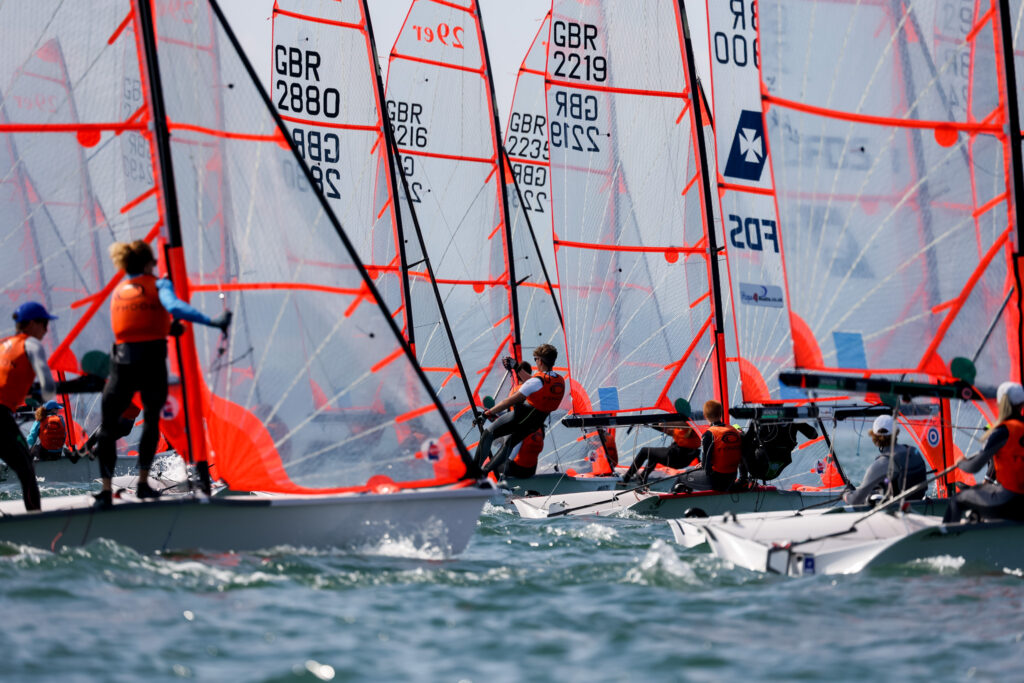
A petition in the UK is looking to make wearing a lifejacket compulsory for those aged under 16. Marine Industry News explores the debate looking at responsibility, consequences and attitudes.
According to Alistair Hackett, managing director of Ocean Safety, the marine industry has seen a massive increase in lifejacket use in the UK. He puts this down to two noticeable changes. The first is that event organisers and regulatory bodies are stating, ‘you must wear a lifejacket to do this’, and the second is that means there’s been wide improvement in the design of the product.
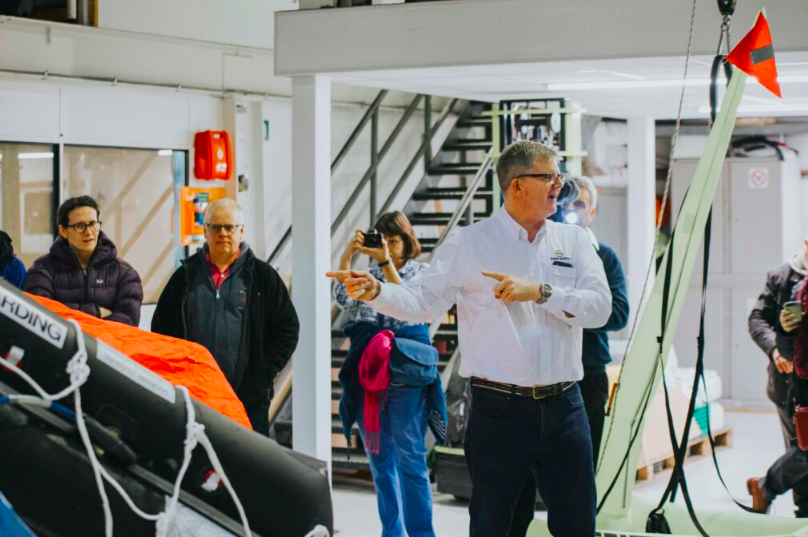
As Hackett (pictured left) says, it’s “because the rules say that people have to have them and they have to wear them in certain conditions . . . it promotes discussion and advancement.”
He says the sailing community is now actively discussing how do I wear it, how do I use it, when do I use it, and, for some, how do I integrate my AIS?
“Lifejackets have improved beyond the dreams of the 1960s. It’s so easy to wear one nowadays that I can well understand people opting to do so whenever they are on deck,” says Tom Cunliffe, sailor and author.
That these changes are taking place in certain areas (racing, sports clubs, regattas) is welcome.
Petition for change
A petition in the UK under the title of Lucas’ Law seeks to bring in wider regulations which will affect leisure sailors.
The petition aims to create an enforceable law regarding the wearing of lifejackets by those under 16, and ensuring there are enough personal floatation devices (PFDs) on board per passenger on any privately owned vessel regardless of its size.
It’s in memory of Lucas Dobson, a six-year-old who lost his life in August 2019, and seeks to emulate the laws in place in Ireland, which broadly say all those on a 23ft and under boat must wear a PFD, and anyone under 16 years old must wear a lifejacket at all times on all pleasure craft. The petition also wants to make it compulsory for private jetty owners to be accountable and responsible for warning signs, safety barriers and to have life-saving equipment accessible from the water’s edge.
The petition is supported by Peter Faulding, Specialist Group International. As a forensic diver, tasked with retrieving bodies, he’s helped build and fund a campaign to distribute lifejackets to schools under the banner of Lucas’ Legacy.
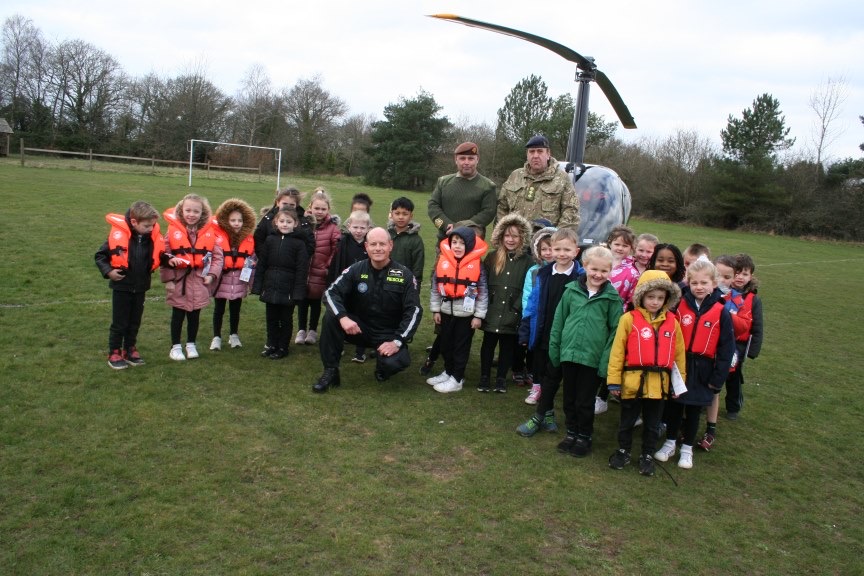
Faulding says that people don’t appreciate the number of people who drown in lakes and rivers, as well as the sea. In 2016, he says, he recovered 16 bodies within eight weeks. And that was in just two counties.
He supports mandatory lifejackets, for children under the age of 16, and says it should be law for kids to wear lifejackets.
“Up to the age of 16 it should be compulsory for children,” Faulding says. “I don’t wear the excuse that it’s too expensive. If you can buy a boat, you can buy a lifejacket.”
Blasé attitudes to safety
Faulding says he was refuelling recently (June 2022) and saw a family on a RIB go by. Four children and only one in a lifejacket.
“Some people are so blasé about life safety,” Faulding says. “People don’t think about the boat going under and then swimming in a current, trying to save the rest of the family.”
But, he reflects, it would be difficult to make lifejackets compulsory for all, so he’s working to raise awareness.

Faulding delivers Baltic lifejackets to schools which can then be loaned out to families “like library books”. He flies in on his helicopter and delivers a brief water safety talk to the whole school, so the event sticks in children’s minds.
“I don’t want to just send the lifejackets,” he says. “All they’ll do is arrive and get thrown into a cupboard. But kids will remember a helicopter arriving and the water safety talk.” About 20 schools across the UK have joined the scheme so far.
Who is responsible for safety?
Tom Cunliffe (pictured below) believes that “parents, guardians and skippers should take responsibility for rules on board,” but is against enforceable regulation.
He says that experienced sailors should make their own choices.
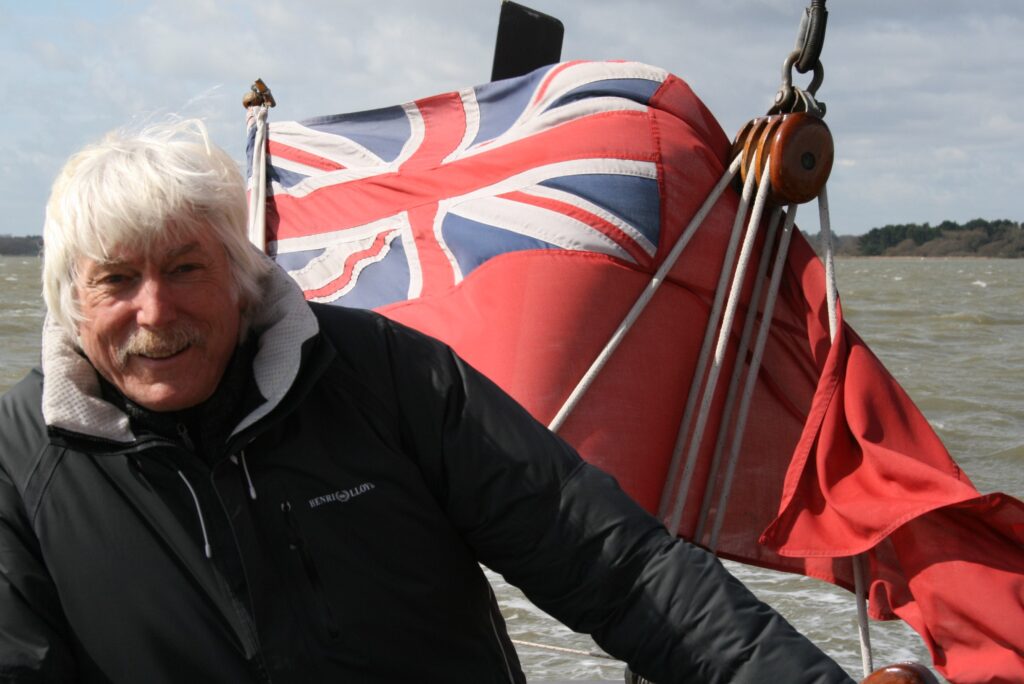
“I put mine on any time I think I may need it, which is not whenever I’m in a boat. It might be in fog, in heavy weather, or in the dinghy, for example. I’ve been sailing in deep water for 60 years and I trust my own judgment.
“I’m thrilled with my modern lifejacket and I’m much more likely to use it than the ghastly horrors of yesteryear, but let’s have no finger-wagging. Educate people – yes, absolutely – then let them make up their own minds. After all, it’s their life, not someone else’s.
“As to proposed legislation, who decides the age cut-off? Who decides the difference between sailing on a J24 in a gale of wind and cruising on an 80-ton Brixham trawler with high bulwarks as well as guard rails and a motion akin to an easy chair? The unanswerable questions go on. For the love of reason let’s have no legislation.”
But, Faulding, Hackett, and many marine safety experts warn of the risks of consumer complacency whereby the public never believe an emergency afloat will happen to them. While the vast majority of sailors will cite safety as top of their priority list on board, Hackett says in reality the time spent learning about safety products, how to store, use and deploy them doesn’t reflect this.
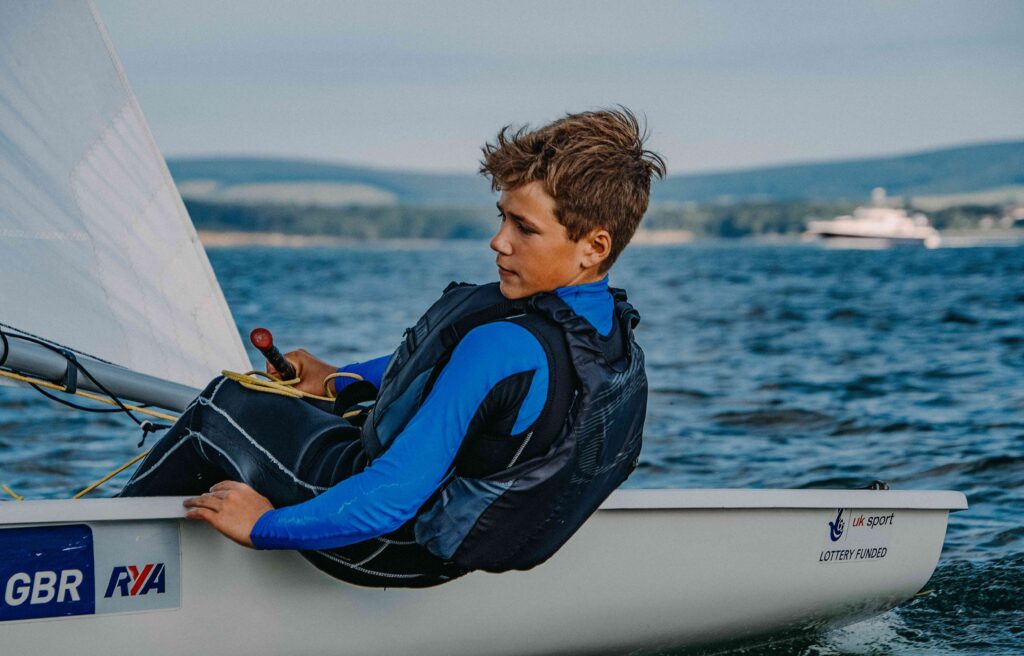
What happens elsewhere?
As such, there is a balance to be struck between personal responsibility where a skipper’s practical experience comes to the fore, and regulations. According to MaryAnne Edwards, consultant for GMBA, Australia and New Zealand marine associations are committed to supporting the views of their members. So while they support all safety measures, they’re also concerned over regulation. There is always a fine line in any situation like this.
“Regulations for both countries are similar, and primarily make it compulsory on small craft for children under 12 to wear a lifejacket at all times. Requirements for carrying and wearing lifejackets vary depending on the type of vessel being used,” she says.
“The Australian and New Zealand governments take boating safety very seriously. In both countries where such a significant percentage of the population own boats and go boating regularly, the federal, state and regional governments have instituted strict boating safety regulations. Both countries have developed very targeted marketing campaigns promoting boating safety and the consequences of not wearing life jackets, particularly for children under 12. It is not fear of the law that is driving boaties to ensure enough life jackets are on board for all but rather fear of the safety issues that arise without them.”
Downsides of legislation
But according to one safety expert there is a downside being experienced in Australia.
“They [boaters] go for the lowest common denominator and cheapest product possible,” says the source. “In Australia you see it everywhere. They [boaters] know it is a $10 foamie. It retails at $10 and comes in a pack of five –that’s the equivalent of £5-£6 – but foamies barely meet any standards at all. They are then tucked away in a corner of a boat somewhere and not worn. They [boaters] don’t want to spend money on a better quality more comfortable product, because they say they’ve met the minimum standard.
“By enforcing laws, you can see an increase in the cheap products, which aren’t as effective as something decent. The best jacket you have is the one you wear. Locking it away in a sealed cabinet to show an inspector that you’ve got them is not safety. That’s the problem. When people choose to buy one, they come look at the features and the fit, how it works for them, their body shape, everything like that. It’s like buying a shirt or a pair of shoes, you buy the best fitting that you can, and they achieve a job. But if you make it enforced, people will go out and buy the cheapest thing that can just to make the standard.
“In anything that you legislate, you need to set a minimum standard that is high and achievable.”
In the USA, the age for having to wear PFDs changes significantly between states, with six and under being lowest, to 16 and under.
According to the US Coast Guard, drowning is the cause of death in the vast majority of recreational boating accidents. Of those fatalities, over 80 per cent of the victims were found not wearing a lifejacket. That’s why, says Discover Boating, the best life jacket available just might be the one you’re willing to wear… every time you’re out on the water.
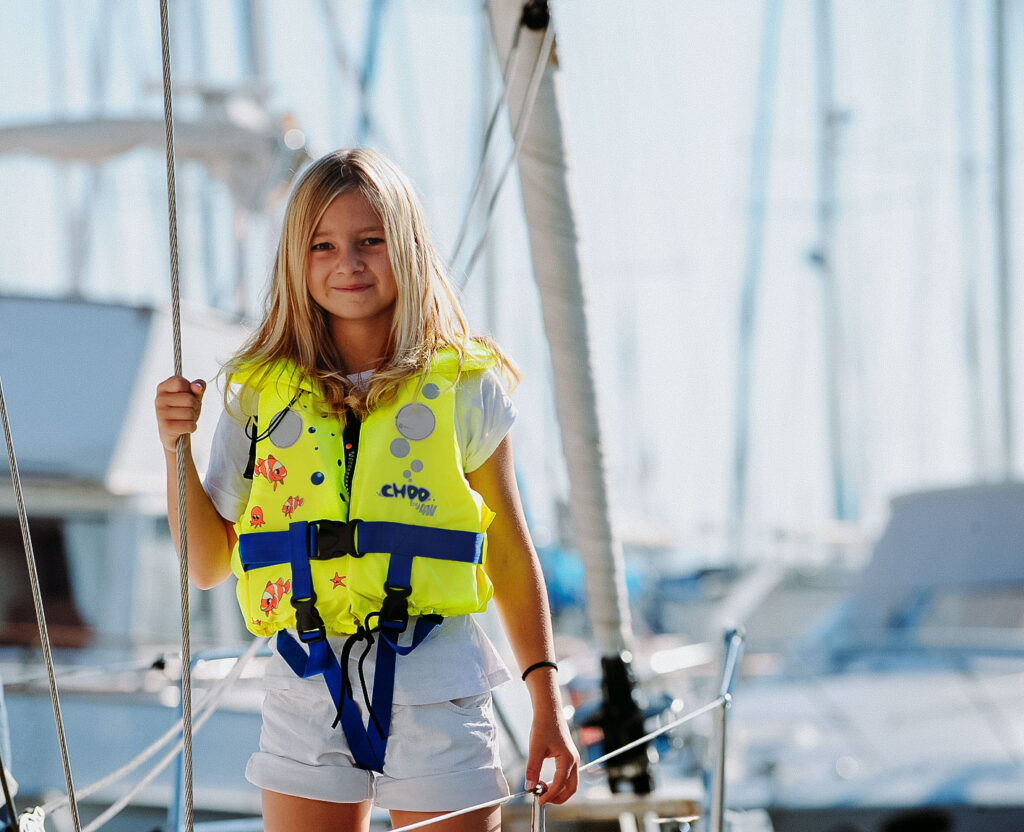
Lives lost without PDFs
In the UK, the Casualty Review Panel – comprising representatives from RNLI, Royal Yachting Association, Marine Accident Investigation Branch, Maritime and Coastguard Agency, National Water Safety Forum, British Canoe, the lifejacket industry, Scottish Fishermen’s Federation and University of Portsmouth – convene to analyse data supplied by HM Coastguard and MAIB databases and assess how many of the lives might have been saved with a lifejacket or buoyancy aid in coastal waters.
Within the latest figures available at time of going to press, sixteen people’s lives might have been saved in 2020 if they had been wearing a lifejacket or buoyancy aid, according to the Casualty Review Panel’s findings.
The figure is slightly higher than the most recent figure (based on 2018 data) of 11 lives (out of 22 fatalities) but is likely to reflect an increased incident count as a result of larger visitor numbers at UK coasts during covid.
Where is the momentum?
So far, the Lucas’ Law petition, to make it law that kids wear lifejackets, sits with over 2,000 signatures. It’s garnered support of one MP, but unless there’s the will within the marine community to push for regulation, it feels like the momentum isn’t there – quite yet.
Like Edwards comment about ‘fear’ being a driver in messaging, Hackett cites the RNLI’s previous campaign ‘useless unless worn’ as a hugely successful message that changed attitudes towards lifejackets.
That started back in 2009, lives in memory but is no longer being actively promoted. While the RNLI strongly recommends using an appropriate floatation device and keeping it well maintained, it’s also heavily focused on making sure people check their lifejackets are in working order. Generally, around 20 per cent of lifejackets are found to not work, for a variety of reasons, says the RNLI. It runs lifejacket clinics to help boaters assess their equipment but it does not routinely record whether or not someone is wearing a lifejacket/buoyancy aid when they are rescued.
“Buying the equipment is ten per cent of the story,” says Hackett. “The owner and everybody in the crew has to understand how that equipment works, when to use it, what are the implications of using it, and so on.
“It’s incumbent on the industry that we all push as hard as we can to make sure that people understand the intricacies of using safety equipment. Because when we do have to use it, that is not the time to start reading the instructions. You’ve got to understand it right from the get go.”



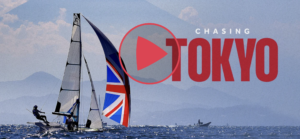








The boating community are not the main problem …. What about the thousands of youngsters who go to sea on SUPs , lilos, canoes and rubber ducks!
They are a major cause of accidents and deaths . …. Who is going to police the rivers and beaches and decide what constitutes a “vessel”
Didn’t realise it wasn’t legal for kids to wear lifejackets!